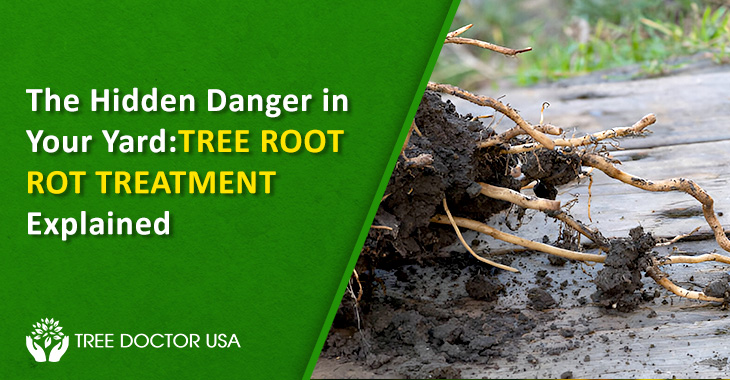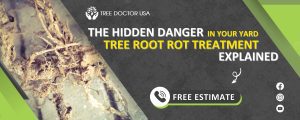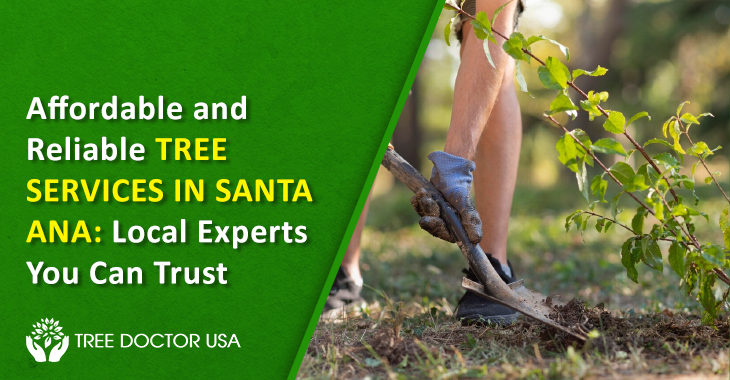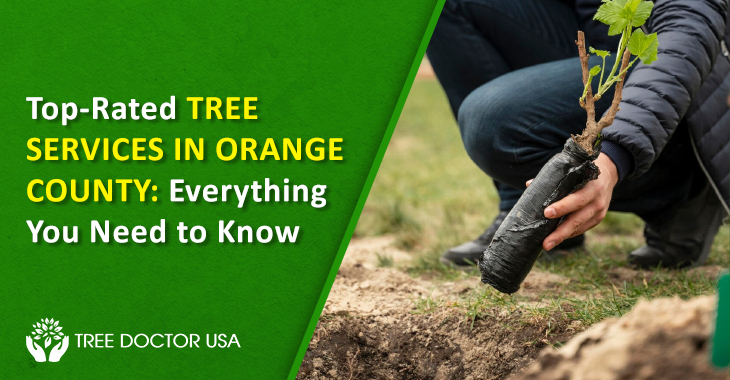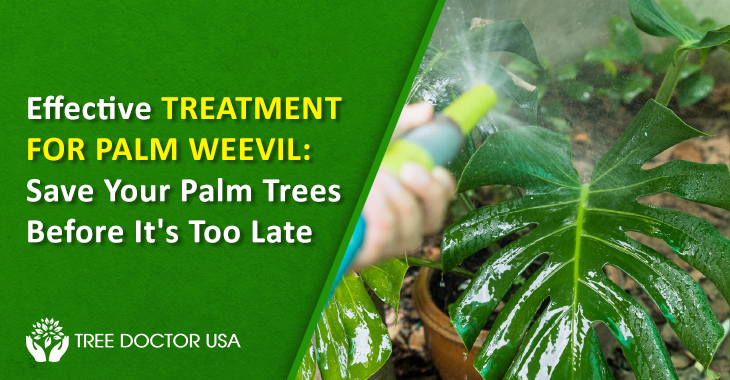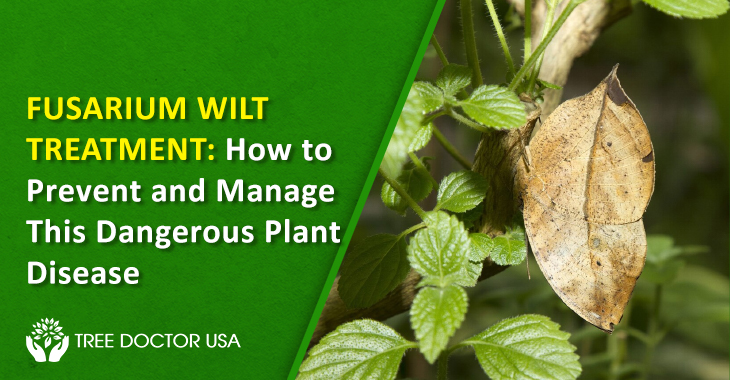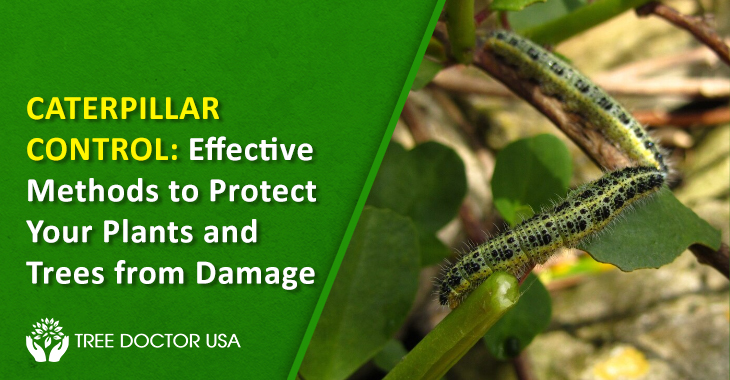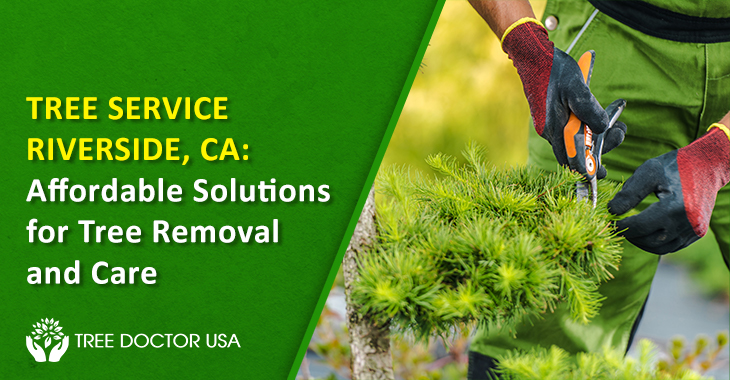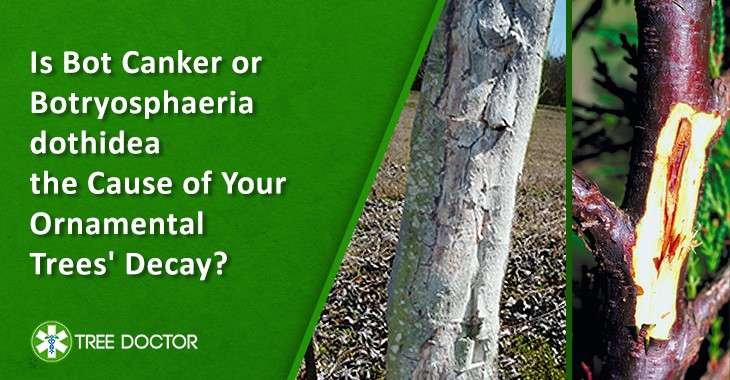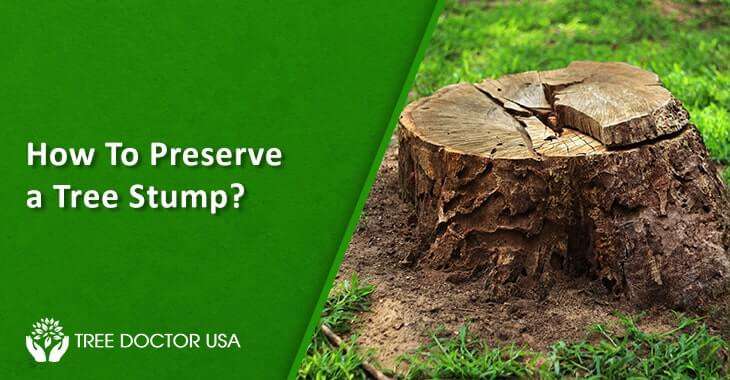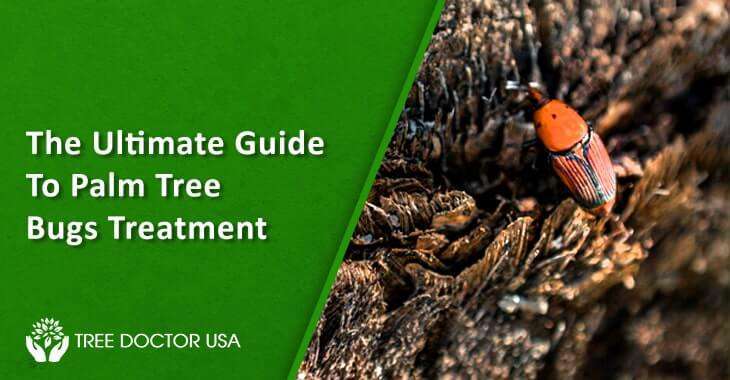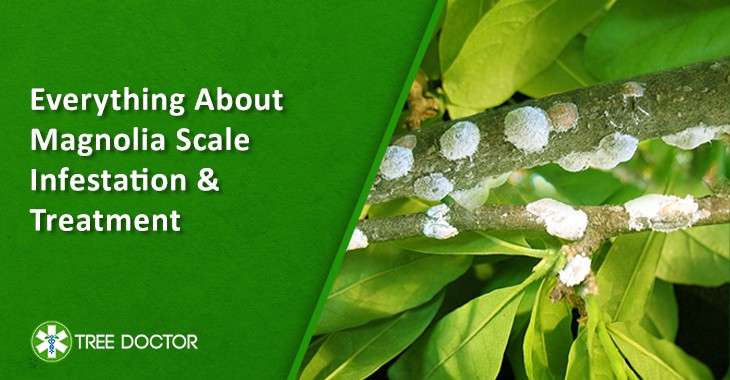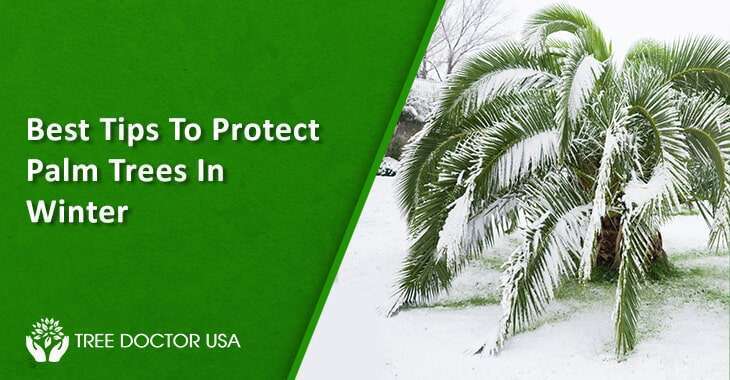The Hidden Danger in Your Yard: Tree Root Rot Treatment Explained
We often discuss root rot, a familiar yet highly troublesome plant disease that can sometimes be fatal. For new gardeners, it may seem like root rot is simply the result of overwatering, but that’s only part of the story. Diagnosing root rot can be challenging for tree root rot treatment, especially for those without experience, because the root system is hidden in the soil. Regularly digging up your plants to check their roots is not advisable.
So, what exactly is root rot? How can you distinguish it from other issues? Is there a way to treat it? We understand your eagerness for answers. Let’s explore how to prevent root rot and save your plants from this potentially devastating problem!
Understanding Root Rot
Root rot is a plant disease caused by various soil-dwelling fungi, molds, or oomycetes. These organisms include Pythium, Phytophthora and Fusarium, each with its characteristics and preferred conditions.
- Pythium: Acts like an oomycete, spreading through hyphae and surviving as oospores in soil debris. It thrives in wet, slightly salty conditions.
- Phytophthora: A water mold that thrives in moist environments, commonly affecting shrubs, trees and vegetables with poor drainage.
- Fusarium causes root and crown rots in various plants. It persists in soil and is exacerbated by overwatering and nitrogen-rich fertilizers.
Managing these factors is crucial for preventing root rot in gardens and landscapes.
Symptoms and Identification For Tree Root Rot Treatment
Root rot can present various above-ground symptoms that are similar across different causes, making initial identification straightforward but specific diagnosis challenging. Key signs include:
- Slow or Stunted Growth: Plants exhibit reduced growth rates.
- Yellowing Leaves: Leaves may turn yellow, particularly in turf grass, forming circular lawn patches.
- Wilting: Plants struggle to absorb nutrients and moisture, leading to wilting.
- Leaf Drop: Trees and larger plants may shed leaves prematurely. Below the soil surface, root rot manifests differently depending on the causative agent:
- Pythium: Begins at the root tips and spreads gradually.
- Phytophthora: Enters through damaged roots and progresses using hyphae. To manage root rot effectively:
- Tree Root Rot Treatment: Address underlying issues of excessive soil moisture by ensuring good drainage and avoiding overwatering. Prevent potted plants from sitting in soggy trays for extended periods.
By practicing proper garden stewardship and promptly addressing signs of root rot, you can mitigate its impact and promote plant health.
Tips for Tree Root Rot Treatment
Root rot treatment options vary depending on the type of rot. Some types can be controlled using powerful fungicides applied directly to the soil to eliminate garden bed fungus. However, most of these treatments are chemical-based, as few organic fungicides are effective against potting media issues.
Yet, not all rot types respond to chemicals for tree root rot treatment. Complex varieties like our top three can often severely damage plants, with few effective anti-rot solutions available. However, applying beneficial mycorrhizae during planting can help in many cases. These establish a symbiotic relationship with plants, protecting them from external damage while sharing nutrients and water. Effective options include Bacillus subtilis, Trichoderma harzianum, and Gliocladium virens, which repel pathogens effectively when added to soil or applied directly to roots before planting.
For smaller plants like orchids, removing dead portions by trimming affected roots can safeguard the rest of the plant. For example, if orchid roots are rotting in their pot, carefully removing the plant, cutting away fungus and soft rot, and repotting in fresh media with excellent drainage can help restore health.
Tree Root Rot Treatment And Prevention
Tip 1: Avoid waterlogging
Typically, you can treat rotting by managing the environment. Excessive moisture encourages fungal infections, so avoiding water logging is important, as well as ensuring the soil or substrate is loose and well-aerated. Compact and damp soil increases the likelihood of root rot.
Tip 2: Rotate your crops
When root rot happens in your garden, it’s important to consider crop rotation the following year. Pathogens often target specific crops or groups of related crops. To prevent recurring issues, regularly vary what you plant in each garden area. For example, if potatoes suffer from rot, avoid planting them in the same spot next year, and ideally, avoid planting any Solanaceae family plants there altogether. Rotating crops and aerating the soil can help prevent root rot.
Tip 3: Beware of cachepots
Many indoor gardeners opt for cachepots to enhance their houseplants’ aesthetics. However, these decorative pots can inadvertently lead to overwatering and drowning plants. It’s common to overlook excess water trapped in cachepots, which can quickly drown plants without notice. The stagnant moisture often found in these pots also creates ideal conditions for root rot pathogens to thrive.
Tip 4: Till the soil
Adding sand or compost can improve heavy garden soils. Organic materials boost humus levels and enhance the soil’s ability to hold water.
Tip 5: Prevention instead of tree root rot treatment
Preventing root rot is crucial because treating it with tree root rot treatment fungicides often doesn’t work well. These products need help to reach the fungi in the soil effectively. Instead, using plant strengtheners can prevent rot and promote healthy growth. However, once root rot becomes severe, preventive measures may be ineffective.
It’s essential to maintain healthy soil conditions and rotate crops in garden beds to reduce the risk of root rot. Using anti-rot agents can also help protect plants from rotting.
Here are some homemade extracts that can help with tree root rot treatment:
- Chamomile extract: Take a handful of dried chamomile flowers (Matricaria chamomilla) and soak them in 1 to 2 liters of water daily. Dilute the extract with water in a 1:5 ratio before using it.
- Garlic extract: Chop about 300 grams of garlic cloves (Allium sativum) into small pieces and steep them in 5 liters of hot water daily. Dilute the extract with water in a 1:3 ratio. Dip the plant’s root ball in this extract before planting to prevent root diseases.
- Horsetail extract: Mix 10 liters of water with 1 kilogram of fresh horsetail (Equisetum) and let it stand for a day. Boil the mixture for half an hour, then dilute it in a 1:5 ratio. Use this brew as a tree root rot treatment for soil fungus diseases.
Tip 6: Cultural Practices
Implement good garden hygiene practices to minimize the risk of root rot. Remove and dispose of infected plant material promptly to prevent further spread of fungal spores. Sterilize gardening tools between uses to avoid cross-contamination.
Tip 7: Professional Consultation
For severe or persistent cases of root rot, consult with a professional arborist or horticulturist. They can provide expert diagnosis, recommend appropriate fungicidal treatments, and advise on long-term tree care strategies to restore and maintain plant health.
Tip 8: Fungicidal Treatments
Apply fungicides specifically formulated to combat root rot pathogens. Products containing active ingredients like thiophanate-methyl or metalaxyl can be effective according to label instructions. These tree root rot treatments help suppress fungal activity and protect healthy roots from infection.
What To Do If The Plant’s Already Dying
If your plant is already dying, there isn’t much you can do to stop its decline. However, you can save it by propagating it from healthy cuttings.
Choose vigorous cuttings from the upper parts of the plant. Use standard methods to root these cuttings and ensure the soil is sterile. Until the fungus is eradicated, avoid replanting in the exact location where the infected plant was.
If you’re unsure which root rot has affected your plant, take the roots to your local garden extension office for identification. Package the origins in a double-sealed plastic bag to prevent anything from escaping. Extension office experts can guide you through the specific type of rot, helping you prevent it in the future.
Please dispose of the old plant, including the roots, without composting it. You might consider solarizing the soil to eliminate fungal pathogens, but keep in mind that this process will also affect beneficial microorganisms in the soil.
Conclusion
Root rot presents a significant threat to the vitality of your garden’s trees and plants. By understanding the causes, recognizing early symptoms and implementing proactive tree rot treatment strategies like improved drainage, fungicidal treatments, natural remedies and cultural practices, you can effectively manage root rot and safeguard the health and beauty of your garden. Take proactive steps today to protect your green oasis and enjoy a thriving garden for years.
If you’ve experienced some root rot, don’t panic about removing contaminated potting mix from your beds. Instead, opt to plant either resistant species or plants not susceptible to your specific pathogen in those spaces for a while.
For comprehensive service and expert help with your plant health, connect with Tree Doctor USA today. Their experienced arborists specialize in diagnosing and treating tree and plant diseases, ensuring your garden stays healthy and vibrant year-round.

